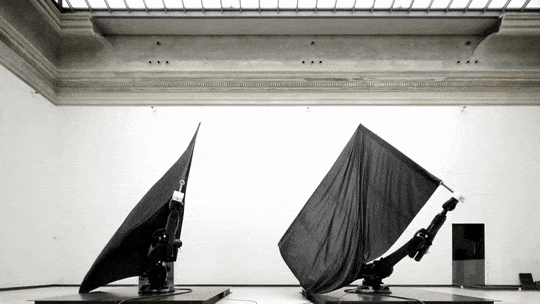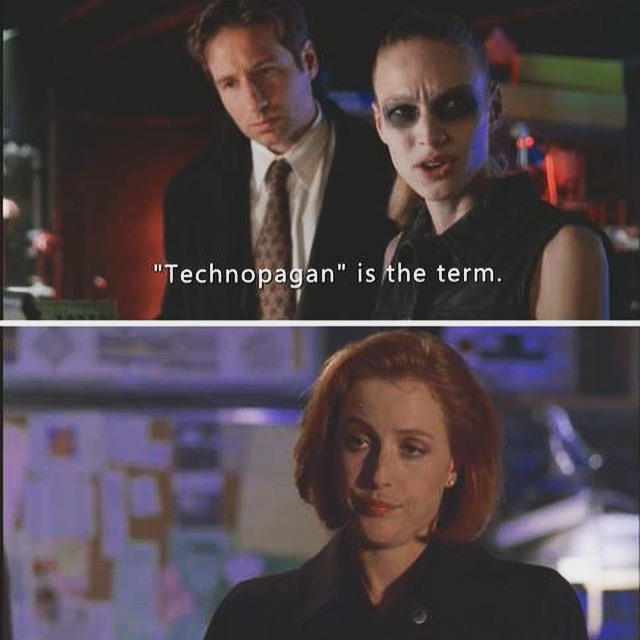I wrote an article about the C64 scene archive CSDb a few years ago together with Jörgen Rahm-Skågeby and it was recently published by New Media & Society: The archive and the scene: On the cultural techniques of retrocomputing databases.
CSDb is one of the most impressive documentations of a subculture that I’ve ever seen. It holds artefacts and information that goes back to the very the very first days of the scene. There are a few people who are extremely dedicated in finding, buying and preserving collections of floppy disks to find artefacts that have not already been uploaded to CSDb. Others spend their time correcting and organizing information across CSDb. The collective effort is pretty mind-boggling and it seems to work really well, for the most part.
There are almost 200,000 releases in CSDb and most of them contain information and links that connect them to people, groups, events, etc. All of these are scene releases. It’s not a collection of everything ever released on C64. You won’t find games or tools in there unless they were made by a scener, cracked by scener (and therefore becoming a scene artefact) or is otherwise seen as relevant. This is not exactly straight forward, but CSDb has an explicit vision of archiving the scene and nothing else. Therefore it needs at least an implicit definition of what the scene is. Even if this works fine most of the time, there are fundamental questions that can be difficult/impossible to give neutral answers to. Is this person a scener? Is this thing a demo? Is this badly cracked game a crack? Is this event a demoparty?
While I did the interviews for the article, I realized that there is an underlying conflict between seeing CSDb as part of the scene, or as an archive. There are people who upload their latest song or picture directly to CSDb, and there are those who disapprove of that. They want CSDb to stand “outside” of the scene and document that which is released in the scene. I find this really fascinating. I can certainly relate to the ideal of being an objective observer and document things without interfering. But it’s an ideal, I think, that can’t be reached. Particles are affected by observation and C64-sceners are affected by CSDb. :)
Let me give you an example. One of the things that makes CSDb so powerful is that it links people and groups and try to keep track of when people change handles and groups. That’s extremely valuable for me as a researcher. For me as a demoscener who sometimes releases things under alternative names… let’s just say that I’m less impressed. Some of my “secret” songs have been attributed to me by scanning the data to identify the player used (and since I was pretty much the only one using defMON, it was attributed to me). It’s annoying and great, it’s okay I guess, of course, sure. Nevertheless, it shows how the archive feeds back into the scene that it wants to archive. It adds new information to the thing it wants to archive, and it cleans up and removes ambiguities and mysteries. Something goes missing there, some sort of underground/magic/weirdness that I always loved about the scene. But perhaps that’s a small price to pay for such an impressive subculture archive?
Note that the numbers and statistics in the article are from 2016 when it was written. Academia does not have any 0-day release groups.





















